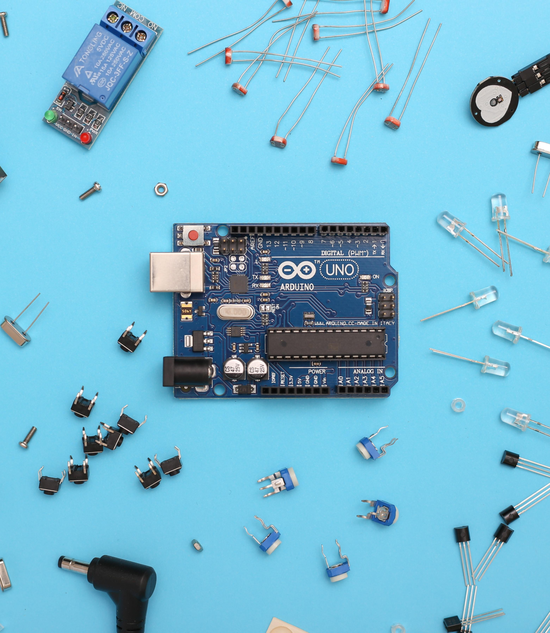
Welcome to the WeChat subscription number of “Sina Technology”: techsina
Text / Huang Zhijian
Source: Ai Faner (ID: ifanr)
humble little chip
around
your life
Chips are the “most familiar strangers” in most people’s lives.
It exists in almost every corner of life, and even this article can only appear in front of you because of the cooperation of countless chips. For modern people, chips are as indispensable as water, air, and electricity.
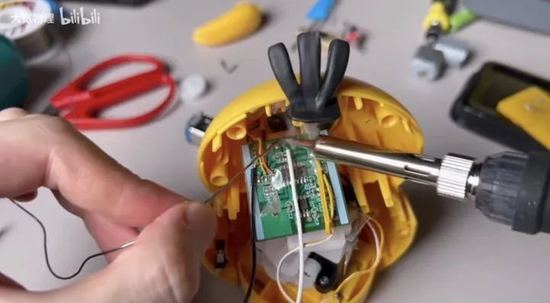
Chips are the foundation of the electrification era. From the iPhone running the King of Glory to the Ducks dancing square dance to music, they are all driven by a small chip inside.
Although the difference in process technology and complexity between the two is greater than the difference between the Tyrannosaurus rex and the Chinese alligator, their working principles are quite similar – both are miniaturized integrated circuits, which are represented by the 1 and 0 changes of transistors. Data, there is only a “billion” point difference in the degree of integration.
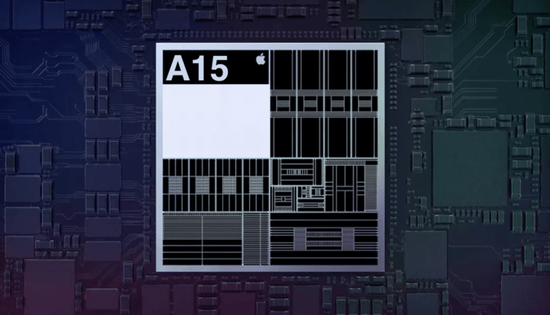
When it comes to chips in the past, most people think of high-end chips with advanced 10nm and 5nm processes, such as Intel Core CPUs and Apple A series.
Because in the digital new product conference, the chip with strong performance is always the absolute protagonist. The percentage of performance improvement when the chip is replaced is the most powerful weapon to mobilize the audience’s adrenaline. The greater the improvement, the greater the cheers will be harvested.
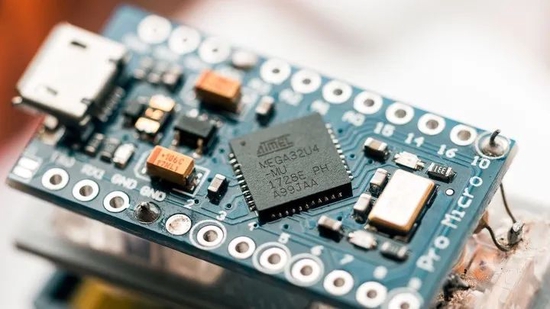
However, some “small chips” related to direct computing performance, such as power management chips and keyboard input detection chips, often do not get more attention from consumers. It seems that their existence will not affect consumers’ purchases. Decisions have an impact, and for a long time, consumers will only pay for chip performance.
However, a sudden shortage of cores changed the rules of the game. This time, the “small chip” became the main protagonist.
A life choked by chips
Just like after the water is cut off, people will find that tap water is not easy to come by. It is not until the tide of core shortage strikes that people realize that their lives have been controlled by countless small chips, and their whole body will be affected when they are pulled.

Since 2020, the chip industry has encountered multiple “black swan events” such as the global spread of the new crown pneumonia epidemic, geopolitical conflicts in local areas, and natural disasters. These fluctuations then spread around the world like dominoes.
According to a survey report released by Goldman Sachs in 2021, at least 169 industries will be affected by the global chip shortage, of which the automotive and consumer electronics industries are most directly related to us.

In the past two years, if you have purchased a car or purchased digital products such as mobile phones and computers, you should have noticed that “pre-sale”, “out of stock”, “delayed delivery” and other bad things that prevent you from spending money have become more and more. .
Take the laptop category as an example. In the past, we always waited for laptop manufacturers to release big discounts on shopping festivals such as Double 11 and 618, so as to start with an absolutely affordable price; but now, if some popular models are first released, you can’t get them. Grab it, all you have left is a long wait for replenishment. Do you still want a discount at this time? It’s good without a price increase.
In addition to the increase in demand for notebook computers, a large part of the reason is that the supply of chips continues to be tight.
Last year, both HP and Dell, the top suppliers of the PC industry, warned that a shortage of chips for computer components made it difficult to meet the booming market demand.
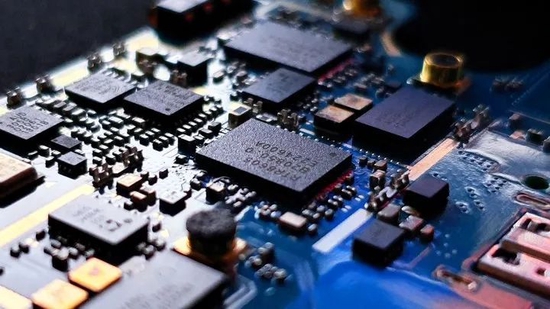
Surprisingly, it is not the high-end processors produced by Intel and AMD that trip these giants, but the “unremarkable” Wi-Fi connectivity chips, power management chips and other basic chips.
These base chips, which use mature processes (28nm and above), are much cheaper than processors that often use 7nm advanced process technology, and they should be the last place manufacturers need to worry about under normal circumstances.
However, in this chip shortage, these mature chips were the first to be affected, and the supply soon appeared to be faulty, making the “small supporting role” become the “Achilles’ heel” of notebook computers in one fell swoop.
Until now, the supply of power management chips is still an unstable factor for manufacturers such as ASUS. Whether the manufacturers can meet the shipment target as expected depends on whether there is a shortage of these small chips.
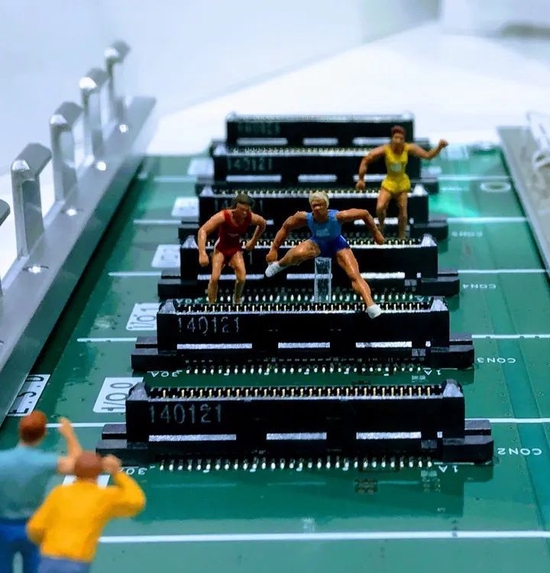
In response to this chip crisis, chip manufacturers including TSMC, Intel, Samsung, and SMIC have been actively investing in the construction of new factories around the world in the past two years, with an investment scale of tens of billions of dollars to improve chip capacity.
However, in the short term, this cup of “far water” is still difficult to solve the current urgent needs. As an asset-heavy and cyclical industry, chips take at least 3-5 years from investment and construction to mass production. The longer payback period means that this international crisis will take more time to resolve.
At the end of April this year, Intel CEO Pat Gelsinger said at the World Economic Forum (WEF) in Davos that the global chip shortage is unlikely to end before 2024, and the supply situation is not optimistic.
It’s hard to make a U-turn
The automotive industry is also plagued by the lack of cores.
Since 2020, the news of auto factories being forced to shut down and reduce production due to core shortages has been incessant, and auto giants such as Toyota, Volkswagen, BMW, and Daimler have all reduced their production plans to varying degrees.
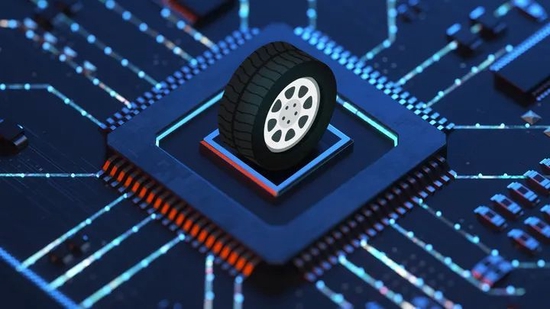
According to the survey data of AutoForecast Solutions, an auto industry data forecasting company, as of the end of April this year, due to the shortage of chips, the global auto market has reduced production by about 1.5855 million vehicles this year. In addition to the 10.5 million vehicles that will be reduced in global production in 2021, the global auto market will suffer from chip shortages. The accumulated shortage has reduced production by more than 12 million units.
This is an indiscriminate blow to the auto industry, and whether you are a new force or an old force, it is inevitable that you will be deeply involved.
The most direct impact of the lack of cores on consumers is that the delivery time is greatly extended, which is especially obvious in the new energy vehicle industry.
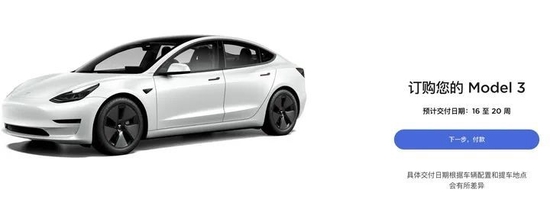
Now if you want to buy a Tesla Model 3, the official website shows that the delivery time has been scheduled for at least 5 months, and if you choose a new domestic brand represented by “Weixiaoli”, you also need to wait 2-3. month to deliver.
In addition to having to go through a long waiting period, consumers will also encounter another headache when purchasing a car. Due to the insufficient supply of some chips and components, car manufacturers will have a certain degree of “reduction” in the production process.
Taking Tesla as an example, in November 2021, Tesla will subtract the central control and rear USB-C ports of the Model 3 and Model Y vehicle interiors due to a shortage of chips, and the wireless charging function of mobile phones will not be available. After being questioned by consumers, Tesla responded that it will install corresponding accessories in the follow-up, but the specific time cannot be guaranteed.
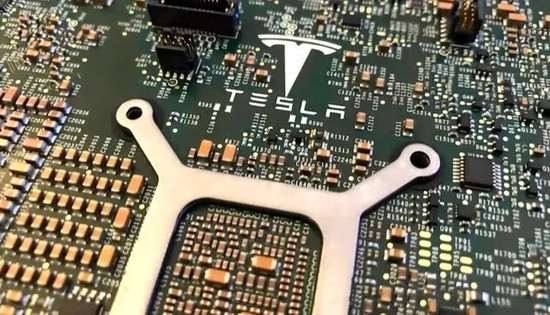
In February of this year, Tesla’s internal letter reported that Tesla would reduce the allocation of Model 3 and Model Y vehicles made in Shanghai, and remove one of the two electronic control units in the electronic power steering system. Core crisis.
“Reduce the car and pick up the car” is not a new method for car companies. Car manufacturers including BMW, Ideal, and Xiaopeng have performed similar operations in the past year. Among them, Ideal and Xiaopeng promised to pick up the car. Later, they compensated for the loss of consumers by means of reloading, while BMW and Tesla rarely responded to the reduction.
Whether consumers can get compensation for the reduction of allocations completely “relies on” the sincerity of the car manufacturers.
The reason why automakers risk credit bankruptcy to use the scheme of reducing distribution and picking up cars is, in the final analysis, due to the heavy reliance of the auto industry on chips.
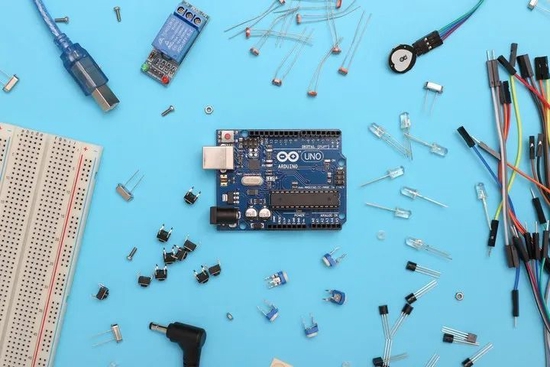
According to industry surveys, a traditional fuel vehicle needs to use more than 1,000 chips on average, and if it is a smart car equipped with functions such as autonomous driving, the chip usage will reach more than 3,000 chips.
The automotive-grade chips used by car manufacturers are different from ordinary consumer electronic chips. In order to allow vehicles to drive normally for a long time, the requirements of automotive-grade chips for environmental adaptability, reliability, and consistency will be much higher.
Moreover, the development of each part requires a lot of verification work, and every time a component is replaced, it needs to be verified again. Therefore, auto companies will choose to establish a stable supply relationship with suppliers such as Bosch, and seldom choose to replace parts easily.
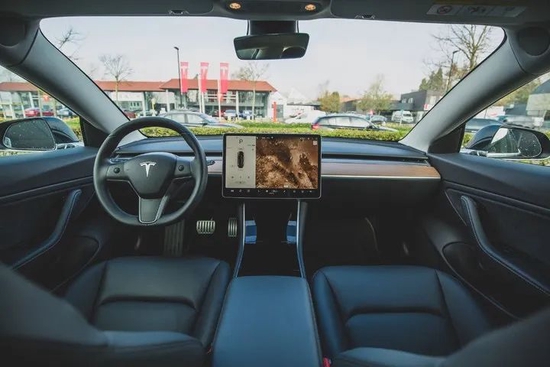
Once there are supply problems for some small chips related to driving, automakers have little better choice than to wait for suppliers to resume supply or pay high premiums to brokers.
For some chips that will not directly affect driving safety, car manufacturers can only cut down the complexity and strip off some functional sales, otherwise they can only close the production line. In North America, Cadillac, Ford and other manufacturers are already selling vehicles with reduced versions of car phones and seat heating.
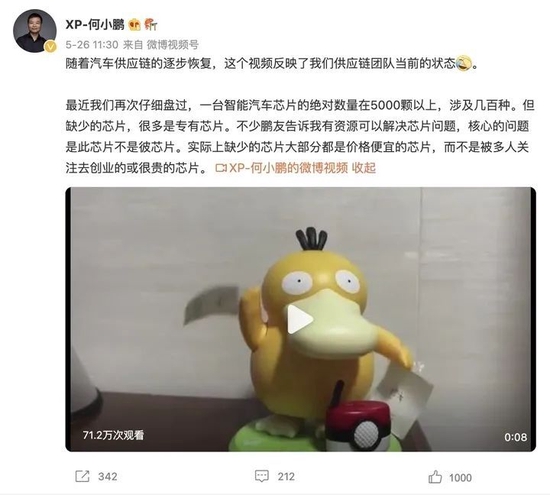
Recently, He Xiaopeng, the chairman of Xiaopeng Motors, used the Da Duck toy that “seeks for chips” on the social platform to reflect the supply status of the team. He said that the core problem of the current supply chain is not the lack of “high-end” chips in the traditional impression, but the cheap chips. It is only because the substitutability of these chips is very low that there will be problems in the supply.
From 2020 to the present, the 2-year core shortage event has gradually evolved into a structural problem. The high input and long output characteristics of the chip industry are destined for the “chip shortage” in a short period of time. There will be no “special medicine”. ”, which can only leave the market more time to adjust.
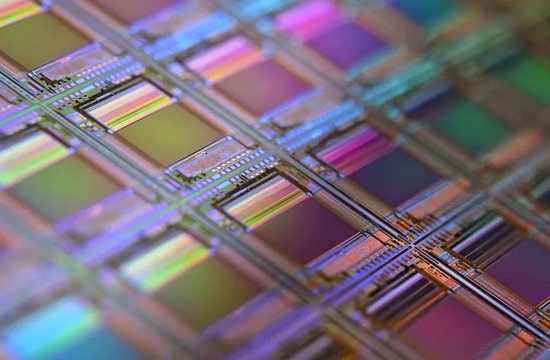
The semiconductor industry has gone through many cycles of boom and bust so far, but the sudden demand from the epidemic accelerated the cycle, triggering a sudden boom, and the fate of the technology and automotive industries was rewritten as a result.
It’s just how long this semiconductor boom will last, and how long will all walks of life that have been hit by the pause button resume their growth vitality, and no one can guarantee such a grand topic. Everything can only be hoped for in an uncertain future.

This article is reproduced from: http://finance.sina.com.cn/tech/csj/2022-06-12/doc-imizirau7983783.shtml
This site is for inclusion only, and the copyright belongs to the original author.